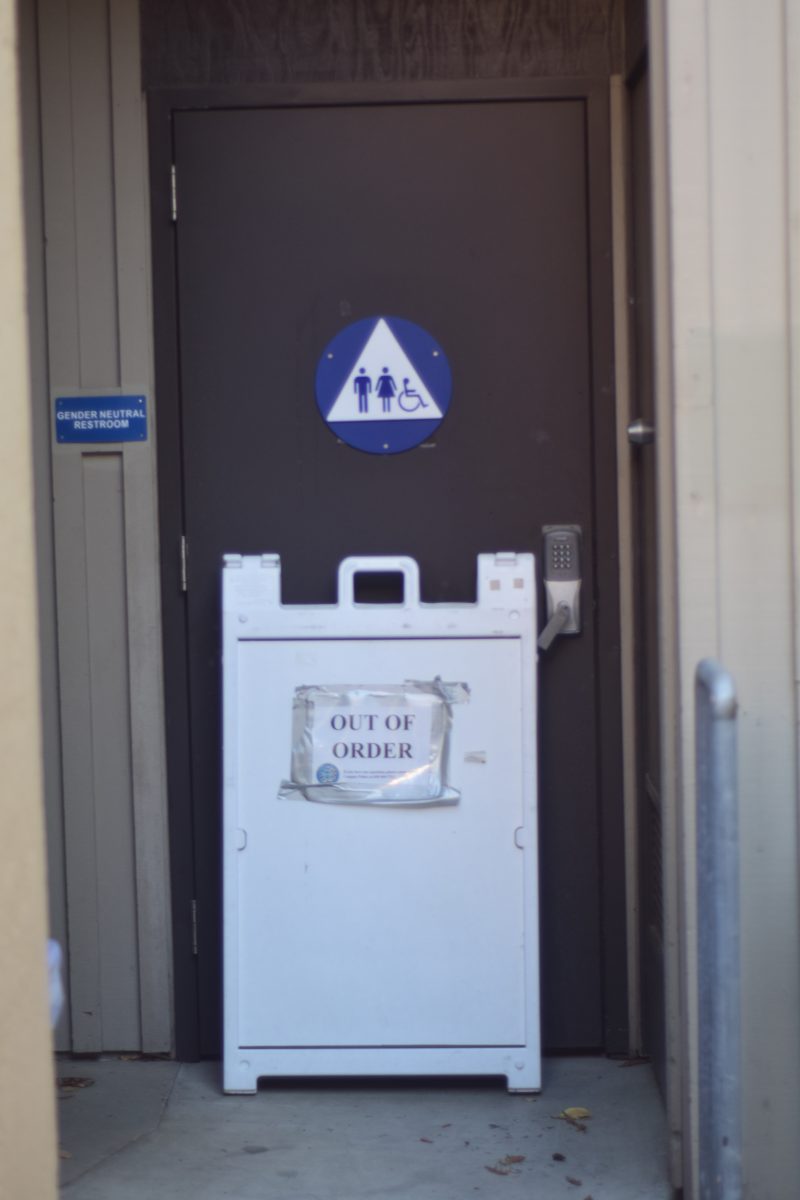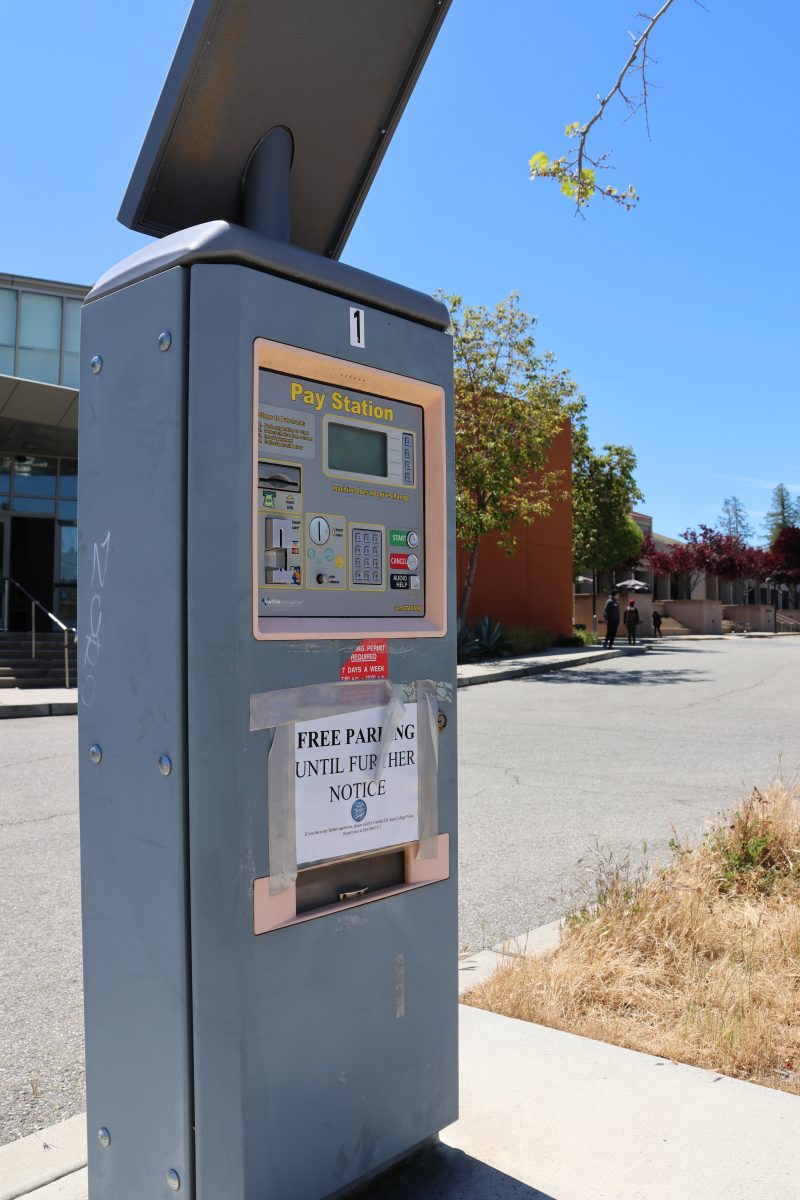I’m tired of being called heartless because I don’t make donations to the pink ribbon campaign while buying my groceries, or if I make a point to not buy products that have the pink ribbon on them. People confuse my statement of “I don’t support your campaign” with “I don’t support your cause.” In light of recent events with Karen Handel, I hope more people will understand my locked wallet isn’t because I want women to suffer, but because I hate those dammed ribbons.
If hate is the opposite of love, and love is something that grows and strengthens over time rather than occurring at first sight, then my hatred has been festering for a while, since I first learned of the history behind the ribbon.
Charlotte Haley, mother, sister and grandmother to cancer survivors, started a non-AstroTurf campaign (remember those) 20 years ago to press the National Cancer Institute to increase its cancer prevention research from 5 percent to something more productive. The campaign was not to find a cure or to increase treatment awareness but to find out what causes cancer and prevent it. You know, something monumentally more obtainable than a cure that always lies just over the next hill.
She used a peach colored ribbon modeled after the yellow war ribbons and was moderately successful. She soon gained the attention of powerful entities, one of which was Self, a magazine trying to outdo its last year’s breast cancer awareness issue. When Haley said she wanted nothing to do with them — surprise! — they changed the ribbon color to pink to move away from Haley. They also changed the cause from research to awareness. The pinkwashing had begun.
See, Estée Lauder, a cosmetic company, puts known carcinogens into their products and, despite giving $25 million to cancer research, has no intention of stopping. Estée Lauder went in 50/50 with Self on the magazine’s historic monthly issue, but also the one before that, and the one before that … They also bought and distributed the actual pink ribbons leaving Self on the bench and look pretty.
They whitewashed their history of distributing cancer causing products to women with the color pink and after their success, so did many others.
After Estée Lauder came Avon and Carolee, and then Susan G. Komen; before long it became profitable to sell the ribbon for what it represented, not for what it did. Products were made around the ribbon with a portion of the profits going to cancer foundations, the rest went into company coffers.
In 1996, The New York Times Magazine called breast cancer a “hot charity”. Everybody who’s anybody was donating, not because they cared but because it looked good and made them look good.
With the ribbon’s incentive on awareness and early detection, and maybe a cure if there’s time, rather than research to find the causes of cancer (which would call attention to the make up of makeup) it’s not surprising 79 cents on every dollar the Susan G. Komen Foundation received in 2009 went into propagating itself, suing other charities or anything other than research. After all, those runs facilitate awareness don’t they?
I hate the pink ribbon because no one owns the pink ribbon, so anyone can slap it onto their product and say they are “part of the cure” while really being part of the cause.








